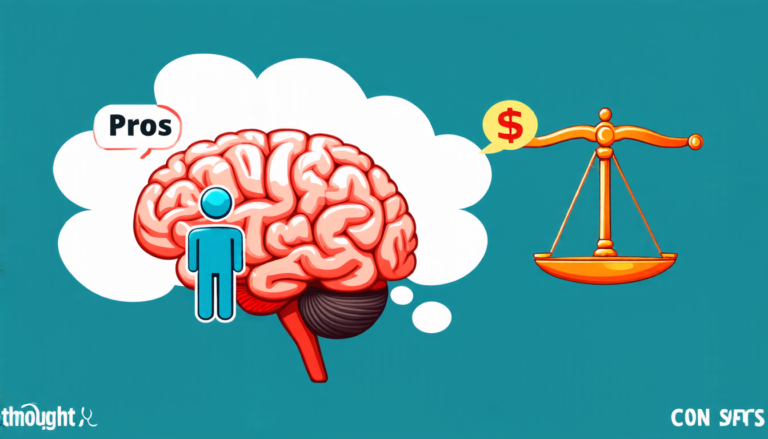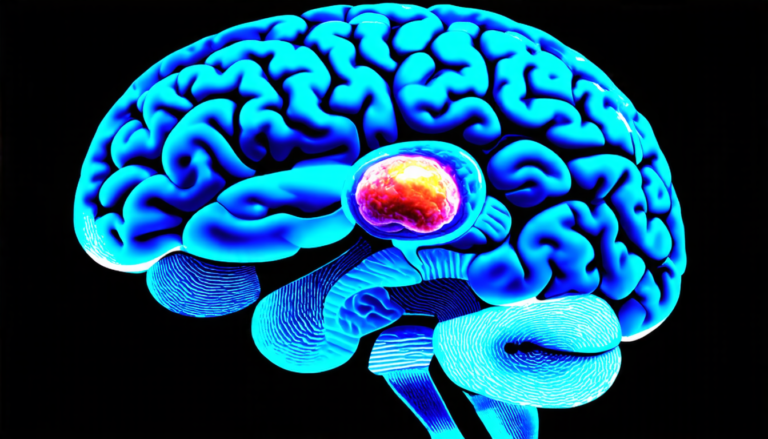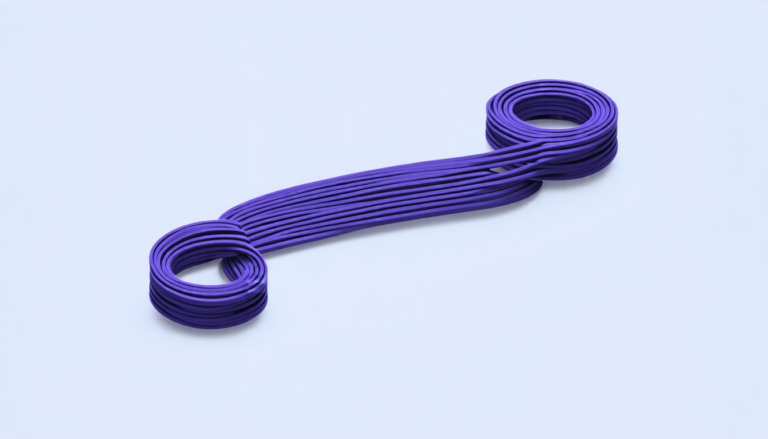Wednesday 30 April 2025
A major breakthrough in artificial intelligence has been achieved by scientists who have developed a new hardware accelerator that can efficiently train and deploy large-scale diffusion models for text-to-image generation.
Diffusion models are a type of AI algorithm that can generate highly realistic images from text prompts, but they require massive computational resources to train and run. This makes them difficult to deploy on resource-constrained devices such as smartphones or edge devices.
The new hardware accelerator, designed by researchers at Nanjing University and Sun Yat-Sen University in China, addresses this issue by introducing a novel fine-tuning scheme based on Low-Rank Adaptation (LoRA). LoRA reduces the number of parameters that need to be updated during training, making it possible to significantly reduce computational resources and memory consumption.
The accelerator also employs a fully quantized training method, where weights, activations, and gradients are all converted into 8-bit integers. This not only reduces memory usage but also enables faster computations and lower power consumption.
To optimize the performance of the accelerator, researchers designed a flexible hardware architecture that can support both weight stationary (WS) and output stationary (OS) dataflows. This allows the accelerator to efficiently process irregular tensor shapes during LoRA fine-tuning.
Experimental results show that the new hardware accelerator achieves significant improvements in terms of energy efficiency and area efficiency compared to previous designs. It can accelerate text-to-image generation tasks by up to 1.81 times while reducing power consumption by 5.50 times.
The implications of this breakthrough are far-reaching, as it paves the way for widespread deployment of diffusion models on resource-constrained devices. This could enable a new wave of AI-powered applications in fields such as art, design, and education, where users can create realistic images from text prompts in real-time.
The development of this hardware accelerator is also expected to have a significant impact on the field of computer vision, where it could be used to accelerate tasks such as image super-resolution, object detection, and segmentation. As AI technology continues to advance at a rapid pace, innovations like this one will play a crucial role in unlocking its full potential.
The new hardware accelerator is not only efficient but also highly scalable, making it suitable for deployment on a wide range of devices from smartphones to data centers. Its flexibility and adaptability make it an attractive solution for various applications, from gaming and entertainment to healthcare and finance.
Cite this article: “Breakthrough in AI Hardware Acceleration Enables Widespread Deployment of Text-to-Image Generation Models”, The Science Archive, 2025.
Artificial Intelligence, Hardware Accelerator, Diffusion Models, Text-To-Image Generation, Low-Rank Adaptation, Lora, Quantized Training, Energy Efficiency, Area Efficiency, Computer Vision.







